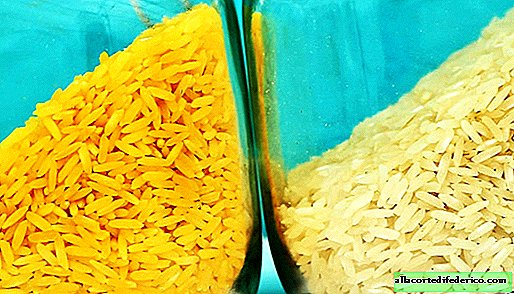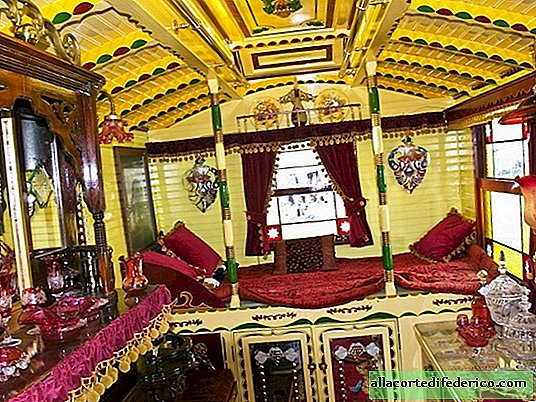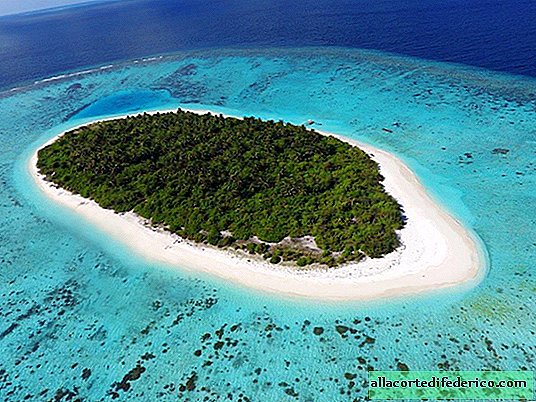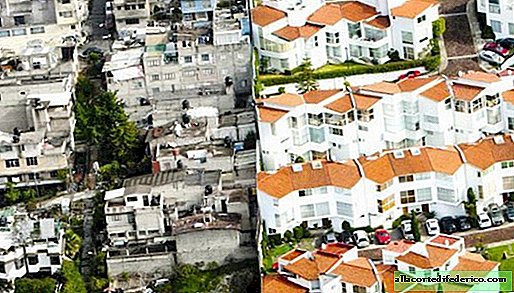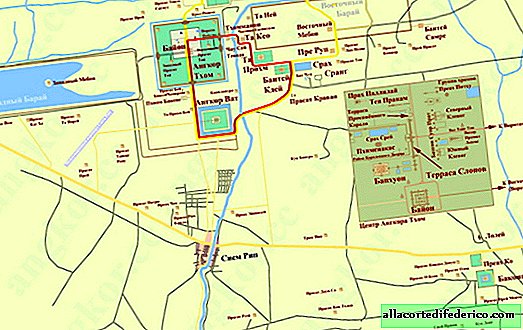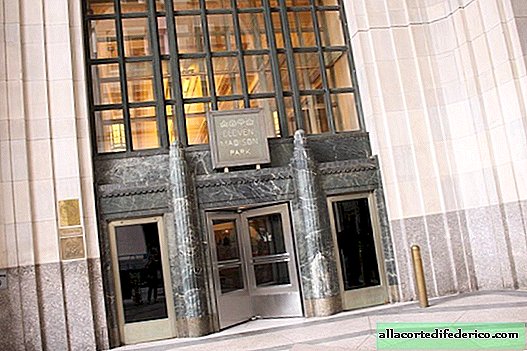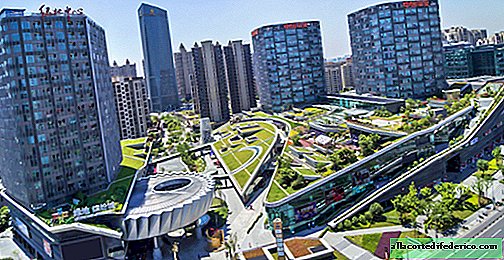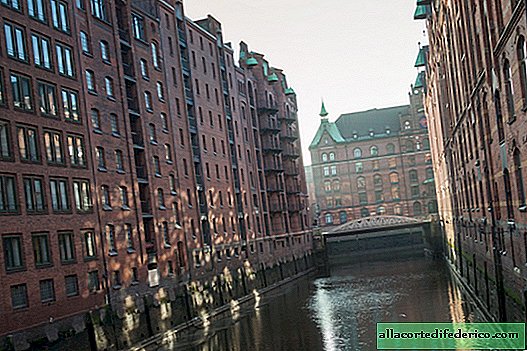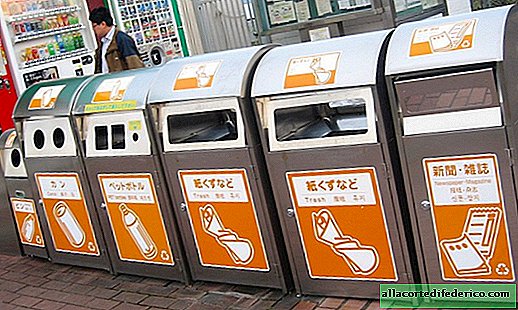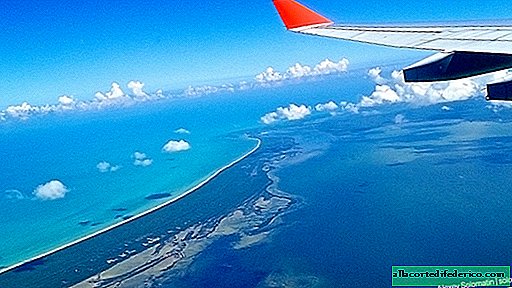Climate features: why the statue of Christ in Rio is restored several times a year
The famous statue of Christ the Redeemer, installed in Rio de Janeiro, is not only a hallmark of the former capital, but throughout Brazil. Jesus Christ with open arms rises above the city, as if blessing all its inhabitants. Each year, the majestic monument is visited by more than a million tourists and believers, and in 2007 the statue entered the list of seven new wonders of the world.

The construction of the monument began almost 100 years ago, in 1922. The idea of the monument belongs to the artist Carlos Oswald, who proposed the shape of a statue with outstretched arms. And the final version of the statue of Christ, which was eventually realized, was developed by the famous Brazilian architect Eitor da Silva Costa.

Initially, the construction of the statue was planned for the centenary of independence of Brazil, which the country acquired in 1822. But such a large-scale project could not be implemented in a short time, so the monument was opened 9 years later.

The project was financed at the expense of the church, as well as voluntary donations. Few people know, but the construction of the statue took place in France, and not in Brazil itself, since at that time the country did not have the necessary technology. By the way, this feature is somewhat related to Christ the Redeemer with the American Statue of Liberty, which was also made in France. The statue of Christ is made of reinforced concrete and talchochlorite - a rock used for construction and decorative works.

By 1931, all parts of the statue were ready and transported to Brazil. Then began the laborious process of collecting the structure. The place for the pedestal was chosen on top of Mount Corcovado, which has a height of more than 700 meters. Back in 1884, a railway was laid to the top of this mountain, along which parts of the statue were delivered for subsequent installation.

The grand opening and lighting of the monument took place on October 12, 1931. The height of the statue was 38 meters (along with a pedestal), and its weight exceeds 630 tons. Inside the monument there are passages, and several hatches designed for technical work come to the surface.

Since the opening, two large-scale reconstructions of the monument have been carried out: in 1980 and 1990. But few people know that the symbol of all of Brazil regularly suffers from the elements and has to be restored. The fact is that, being the highest point of the city, the statue of Christ the Redeemer serves as a target for lightning strikes, which are not uncommon in a tropical climate. According to experts, an average of about 4 lightning strikes per year falls into the monument. More often than others, the fingers of the statue of Christ suffer, which sometimes break off. Especially for such cases, the Catholic Diocese holds a stock of building material from which the monument was made.


